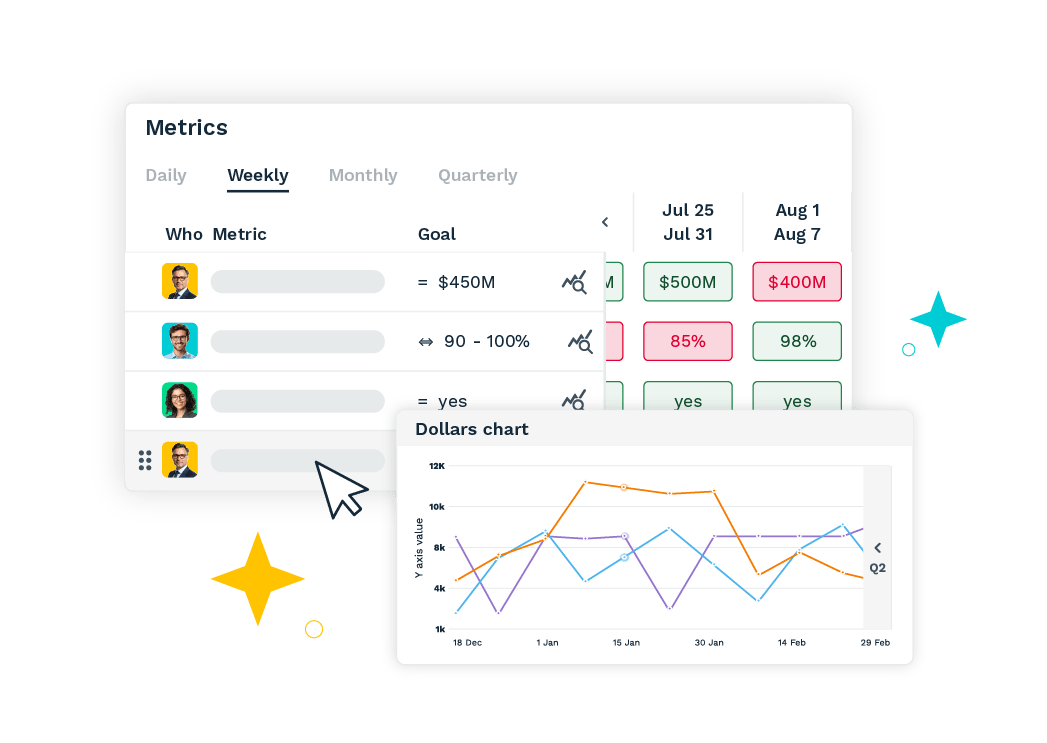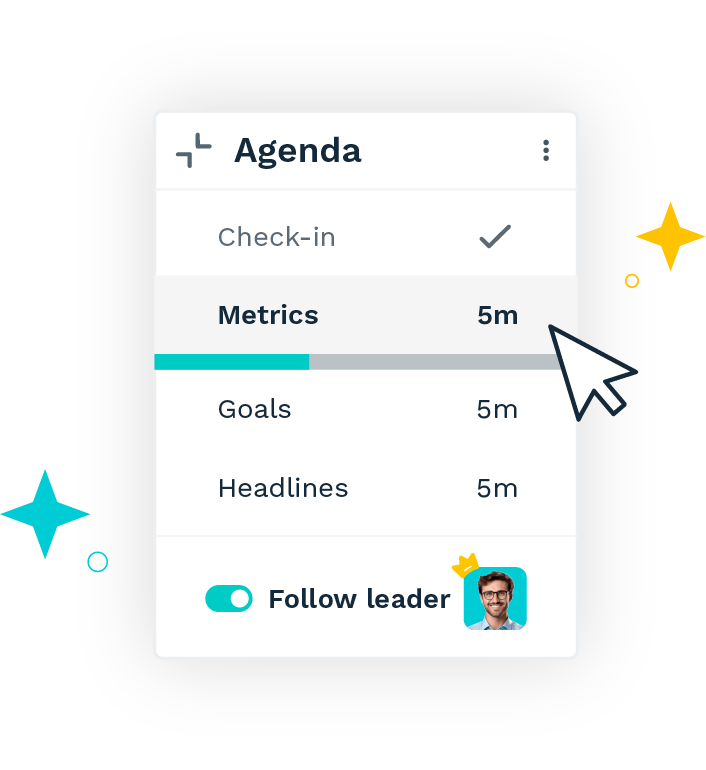We earn from qualifying purchases from Amazon Associate links.
This blog is written by Jamie Strusz, Engineering Manager at Bloom Growth. Read her full bio below.
At Bloom Growth™, our engineering team operates with the same principles and tools that Bloom Growth Coaches™ teach—only we run it ourselves. We practice the Bloom Growth OS™ internally as our organizational status quo. And while we’re not on the same exact journey as our clients are, we gain the same clarity and accountability that it delivers to leadership teams everywhere.
This post unpacks the key principles we follow to keep engineering aligned with long-term business outcomes and how your team can adopt them too.
Understanding your business landscape
1. Start with business context, not just code
Many development teams get stuck delivering features in isolation. When engineers lack context, decisions get reactive or overly technical.
Engineering should start with visibility:
- What is the business trying to accomplish this quarter?
- What problems are customers facing?
- How do current tech efforts support or distract from that?
At Bloom, our engineers participate in planning using the same tools our clients use. The result is a shared vocabulary and focus across every department. More importantly, by using the tools ourselves, we grant ourselves the opportunity to uncover similar pain points as our clients.

2. Choose metrics that reflect real outcomes
Activity doesn’t equal progress. Too many teams measure the number of features shipped, while customers wait for meaningful improvements.
We measure success through key engineering metrics:
- User engagement and retention: Do our features drive adoption and continued use?
- System reliability and performance: Do we maintain the uptime and responsiveness our users expect?
- Operational efficiency: Do we optimize development processes to ship high-quality features faster?
Making tech decisions with a business mindset
3. Prioritize based on business impact
We focus on priorities that make the biggest impact on our users, but many tech teams often juggle too many priorities with so many possible features. And without clear business alignment, the backlog grows.
Avoid this by implementing:
- A structured prioritization model (like MoSCoW or Effort/Impact Matrix)
- Team collaboration to ensure features are useful and achievable
- A clear link between backlog items and quarterly company goals
Use weekly meeting rhythms to track progress on quarterly priorities and KPIs. Doing this makes it easy to see which projects move the needle and which don’t.

4. Protect speed without sacrificing scalability
Fast-moving environments demand fast decisions. But shortcuts become liabilities if they undermine long-term scalability.
Our engineers deliver quick wins without compromising future architecture, because we plan for both. We do this by making small, iterative improvements instead of sweeping changes. This supports future growth and reliability.
Another way we balance this is by managing technical debt. We refactor selectively to prevent long-term issues while keeping development moving.
Drive alignment across teams
5. Break down silos to solve the right problems
Engineering shouldn’t operate in a vacuum. Collaborate with Product, Support, Marketing, and Customer Success teams to reap stronger, more strategic development.
Tactics that work:
- Sync weekly with customer-facing teams.
- Prioritize based on both qualitative feedback and usage data.
- Bring engineers into user research and product testing.
- Schedule updates using different channels (email, messaging apps, video)
- Weekly product demos
- Keep stakeholders informed on technical constraints and trade-offs.
At Bloom Growth™, our communication and execution framework keeps teams accountable to shared outcomes, not just individual workloads.
For example, rather than having a marketing specialist focus solely on content production, our framework ensures they’re also aware of how their work contributes to the success of a product launch.
This matters because when teams are united around shared objectives, collaboration improves, silos break down, and performance accelerates—ensuring that everyone rows in the same direction for maximum impact.
6. Build decision frameworks that reduce friction
Indecision kills momentum. Without a process for making strategic calls, teams default to endless debate or vague consensus.
To stay focused:
- Use structured frameworks to guide decisions (ex., 3D: Discover, Discuss, Decide)
- Iterate quickly: We favor shipping improvements over chasing perfection.
- Trust expertise and data to help you make informed, strategic choices.
The Bloom Growth OS includes tools to diagnose real issues and resolve them efficiently, without drama or delay .In the meetings section of Bloom Growth, team members can log issues as they arise throughout the week. Then, during the meeting, the team votes collectively to decide which topics to tackle first.
This ensures that discussions stay focused, urgent problems are addressed in real time, and meetings drive meaningful outcomes rather than getting derailed by noise or hierarchy.
Final thought: Aligning tech and business starts with shared structure
You don’t need to guess at alignment or create your own system from scratch. Whether you’re building a team or scaling a platform, the Bloom Growth OS™ gives you a way to make better decisions, faster.
We use it every day and experience the clarity, accountability, and execution rhythm our clients seek when they start this journey.
If your team is feeling scattered, reactive, or misaligned, we’d love to help you get clear.
Book a free clarity call to discuss the pain points you’re facing—and the opportunities you want to chase.

Jamie Strusz
Engineering Manager

